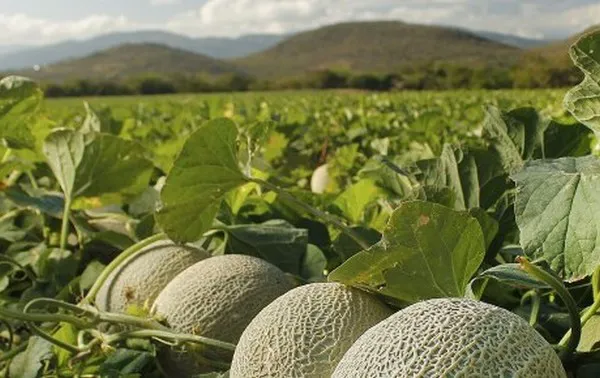As we get deeper into spring, concerns continue to grow in California over drought following a winter that wasn’t as wet as hoped for.
“We had a really good December. But there’s been limited rainfall and snow since the beginning of the year,” says Tom Conrado of Classic Fruit Company in Fresno, CA. “The snow pack is non-existent at the last measurement--there’s not much left up there. They’re predicting six to eight inches of snow in the hills early this week. But if the runoff is already going, that precipitation is going to stay in the ground.”
Conrado points to storage water capacity continuing to be an issue--the lower storage capability for California’s water system in years like this mean the state doesn’t have the capacity to catch any early run off. “It got so hot so fast that the snow started to melt and we started getting run off and there’s nowhere to put it. If we had better capability for the storage, it would lessen the impact on the state. It’s not just farmers,” he says.
Fallowed crops
There are several other consequences of a drier than hoped for winter. “Any row crop is going to be looked at first as far as fallowing ground. Because you already have an investment in your permanent crops whether it’s trees or vines,” says Conrado. “Those crops will also be affected too by maybe not enough water to finish or get through the season.”
 Conrado says any row crop is going to be looked at first as far as fallowing ground.
Conrado says any row crop is going to be looked at first as far as fallowing ground.
Water allocations could also be affected. “You’re going to see zero percent allocations and there’s definitely going to be more fallowed ground out on the West side at least. The East side is also facing water restrictions,” he says. The lack of water will also strain underground pumping even further.
Higher costs an issue too
This all comes at a time when growers in California (and across the country) continue to see higher production costs and limitations on some production materials. “On top of all of this is the lack of fertilizer right now and the high prices is an issue. But what can you do? You need it,” says Conrado.
He also notes another key casualty of California’s drought--the small towns in the growing regions. “There’s less work for the populous and it’s driving the population to get out and go somewhere else. It really hurts these municipalities,” he says.
This includes smaller growers. If for instance, larger growers have to fallow 1,000 acres, it’s likely that’s only a smaller percentage of their overall acreage is affected. “Compare that to someone who farms 4,000 acres and has to fallow 1,000 acres. That’s 25 percent,” he says. He also notes that the deeper pockets of larger growers mean they’re more likely to be able to manage the higher water costs. “They can go and purchase water outside of the region,” says Conrado. “It seems like every day you’re hearing a higher number of what someone has to pay on a per acres basis and it’s pretty astonishing.”
 For more information:
For more information:
Tom Conrado
Classic Fruit Company
Tel: +1 (559) 271-9200
tconrado@classicfruit.com
www.classicfruit.com
